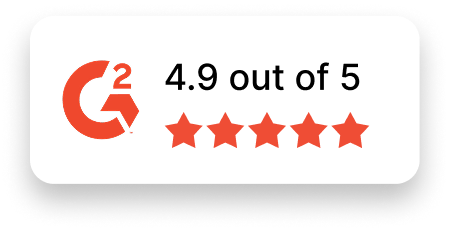Cybersecurity Engineer Job Description Template
Use this template to craft job descriptions for hiring Cybersecurity Engineers. Customize it to suit your organization’s specific needs and goals.
Job Title: Cybersecurity Engineer
Location: [Specify Location or Remote]
Job Type: [Full-time/Part-time/Contract]
About the Role
We are searching for a detail-oriented Cybersecurity Engineer to safeguard our organization’s systems, networks, and data. In this role, you will design and implement protective measures, monitor our infrastructure for vulnerabilities, and respond to potential threats. You’ll collaborate with various teams to ensure that security is not only robust but seamlessly integrated into our operations.
If you are a problem solver who thrives in the fast-paced world of cybersecurity and is passionate about staying ahead of evolving threats, we’d love to hear from you.
Responsibilities
- Design, implement, and maintain security policies, protocols, and systems.
- Monitor network and system performance for security incidents and vulnerabilities.
- Develop and implement strategies to protect against breaches, malware, and data theft.
- Perform regular penetration testing and vulnerability assessments.
- Analyze security breaches to identify the root cause and prevent future occurrences.
- Install and upgrade security software, firewalls, intrusion detection systems, and encryption tools.
- Conduct risk assessments and develop response plans for potential security threats.
- Collaborate with IT teams to ensure secure architecture and efficient problem resolution.
- Stay informed about the latest cybersecurity trends, tools, and best practices.
- Create and maintain security documentation, including protocols, incident response plans, and compliance records.
- Provide guidance and training to staff on cybersecurity awareness and best practices.
Required Skills & Experience
- Bachelor’s degree in Cybersecurity, Computer Science, Information Technology, or a related field (or equivalent experience).
- Proven experience in a cybersecurity role, with a strong understanding of security protocols and incident response.
- Proficiency in security frameworks, such as NIST, ISO 27001, or CIS Controls.
- Familiarity with tools like firewalls, endpoint protection, SIEM systems, and intrusion detection/prevention systems (IDS/IPS).
- Experience with scripting and programming languages, such as Python, PowerShell, or Bash.
- Excellent problem-solving and analytical skills for diagnosing and addressing security issues.
- Strong knowledge of network security, encryption protocols, and access control measures.
- Ability to design and execute penetration testing and vulnerability scans.
- Knowledge of cloud security for platforms like AWS, Azure, or Google Cloud.
- Strong communication skills, with the ability to explain technical concepts to non-technical audiences.
Nice-to-Have Skills
- Relevant professional certifications, such as CISSP, CEH, or CISM.
- Experience with DevSecOps practices and secure software development.
- Familiarity with regulatory requirements like GDPR, HIPAA, or CCPA.
- Expertise in forensics and incident investigation.
- Experience with zero-trust architecture and identity management tools.
Why Join Us?
- Impactful Work: Protect critical infrastructure and make a difference by securing valuable assets.
- Cutting-Edge Technology: Work on advanced technologies and tools to stay ahead of cyber threats.
- Career Growth: Develop your skills in a collaborative, fast-paced environment.
- Supportive Culture: Join a team that values knowledge sharing and innovation.
- Inclusivity: Be a part of an organization that embraces diversity and promotes equity and belonging.
Apply Now
Are you ready to protect systems and data from evolving cyber threats? Join [Your Company Name] as a Cybersecurity Engineer and make security your mission. Apply today!

